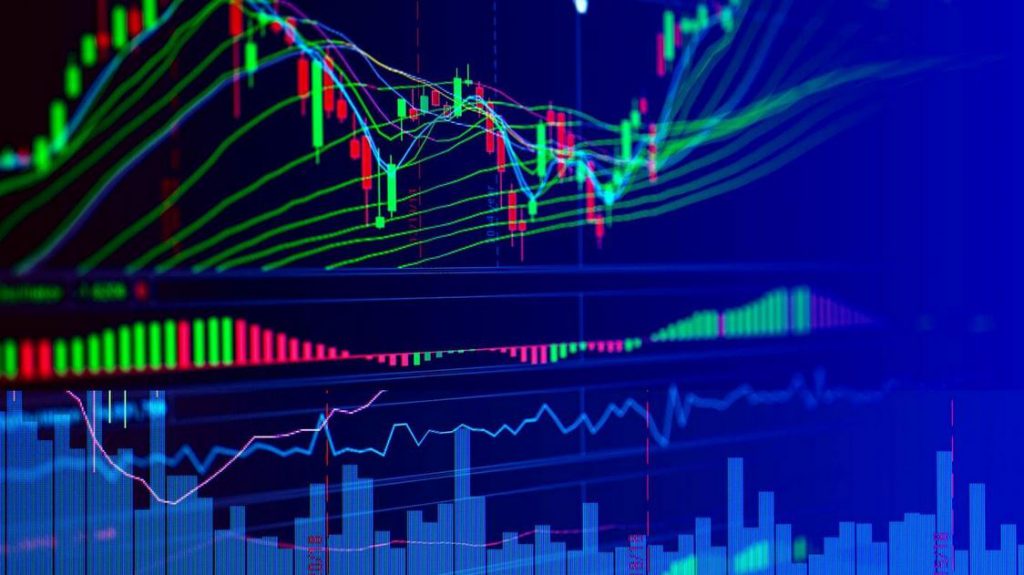It is not easy for a new forex trader to understand how the trade market works and how they can enter a trade. Sometimes, they have to sit in front of their monitor for long hours and see when the market is in the right state or allow them to enter.
There are different ways in which a trader can shorten the waiting time and easily trade without losing any of their transactions. And one of the most talked-about ways is the pending order.
A pending order is a trader’s order for concluding a particular transaction at a price different from the current market.

What are the advantages of using pending orders?
Just because a pending order suggests the trader’s plan to stay in its plan, this will probably help in the risk management strategy. One most significant benefit of utilising the pending orders is that your risk management is drastically improved.
At the same time, by locating the pending order, traders will be able to set and control specific risk-reward ratios easily. Talking about risk-reward ratios, they should not exceed 1:2. This means that on $1 risked, the trader must gain a profit of $2.
In short, by planning from where to exit and enter, the trader will be able to set their proper risk-reward ratios
easily.
Also, avoiding overtrading is another significant advantage of pending orders. The market should travel at a certain level when utilising the pending orders. If not, the order will fail to get filled,
In the absence of pending orders, traders can open various trades in a trading market. This is done to investigate that the price action is not reaching the specified level and thus reverses instantly, triggering some losses.
On the other side, pending orders can often skip if the market starts to gap up or down. Once the gap starts to form, the pending orders will stop executing because the market no longer exists. This will fill the trader at a diverse level, thus affecting the risk-reward ratio.
What is meant by protective order?
A protective order is a type of pending order. This order type is used when any indicated price is worse for the trader than the current market. It represents the insurance against the unforeseen movements of the price.
- Mental stop: This is when a trader predicts that they do have some time to close the position just before any uncertain situation occurs in the market.
- Stop Loss: It closes the deal once the currency moves towards the price, which is not profitable for the trader.
- Stop Trade: It closes the transaction at one such point when the price of a currency starts to make a considerable profit.
- Trailing Stop automatically moves alongside the price change to close any deal before the price declines entirely.

Bottom line
Shortly, pending orders will help the trader quickly mitigate the risk in their trading account. To avoid the spending margin, using pending orders can be advantageous.


